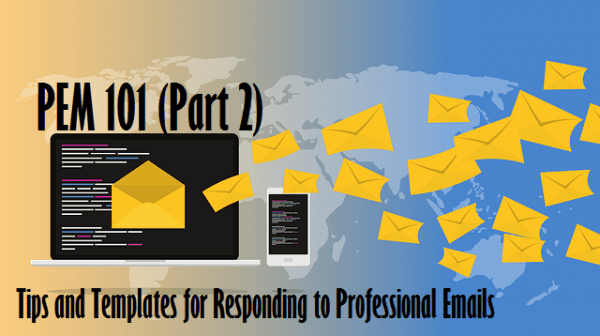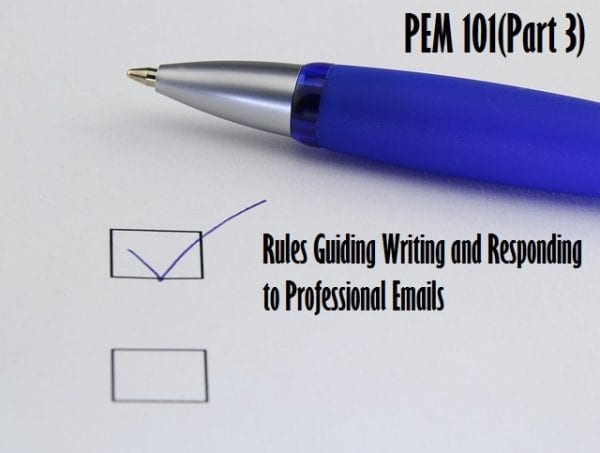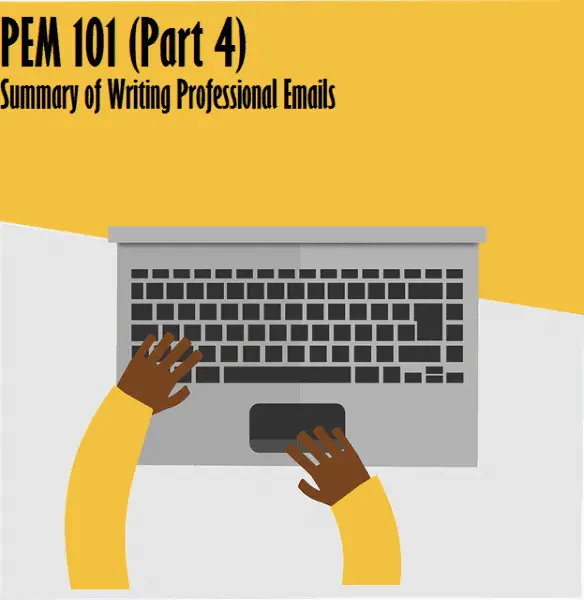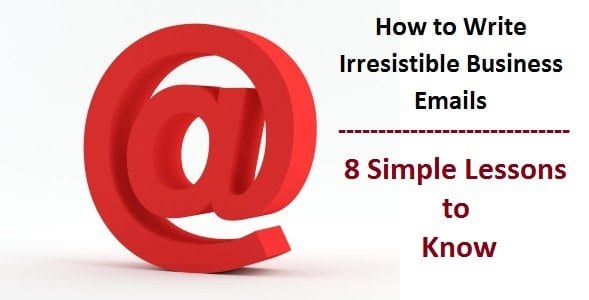Follow-up emails are a pivotal element of professional communication, serving as a bridge between initial contact and successful business relationships. Whether you are reinforcing a discussed plan, expressing gratitude, or simply keeping the conversation going, the art of follow-up can significantly influence your professional interactions across the globe. This post delves into the importance of follow-up emails and provides tailored examples to help you excel in your international business communications.
Today, digital communication transcends geographical boundaries, and understanding how to effectively follow up with colleagues and clients in various countries is crucial. By mastering this skill, professionals can enhance their network, foster better relationships, and drive their business objectives forward.
Why Follow-Up Emails Matter
In business, the follow-up email is more than just a courtesy; it’s a strategic tool that can determine the success of your interactions. Effective follow-up emails ensure that conversations don’t end at the meeting room door but evolve into actions and results. For professionals working across different regions, such as the United States, India, China, Africa, and the UAE, understanding the cultural nuances and expectations can transform a standard follow-up into an opportunity for progression.
For instance, in countries like China and Japan, where business culture values respect and protocol, a follow-up email that acknowledges these aspects can enhance mutual respect and open doors to future collaborations. Conversely, in the fast-paced environments of cities like New York or Dubai, clarity and brevity can drive quicker decisions and responses.
Key Components of an Effective Follow-Up Email
A well-crafted follow-up email should include several key components to ensure it is effective:
- Clear Subject Line: Your email should have a precise subject line that reflects the content of the message. Something like “Following Up from Our Meeting” or “Touching Base on [Project Name]” immediately informs the recipient of the purpose.
- Personalization: Address the recipient by name, and reference specific details from your initial interaction to add a personal touch and show attentiveness.
- Purpose of the Email: Be clear about why you are following up. Whether it’s to confirm the next steps, request further information, or just keep in touch, the purpose should be evident early in the message.
- Call to Action: End with a clear call to action. What do you want the recipient to do after reading your email? Specify any steps they need to take, such as providing feedback, confirming an appointment, or just replying.
- Professional Closing: Sign off in a manner that reflects respect and professionalism, suitable for the cultural context of the recipient.
Follow-Up Email Examples
Example 1: Post-Meeting Follow-Up
Scenario: You’ve just had a successful meeting with a potential client in the UAE and want to cement the relationship and outline the discussed points. Read more about post-meeting follow-up emails here.
Email Example:
Subject: Great Meeting You, [Name]—Next Steps on Our Collaboration Dear [Name], Thank you for meeting with me today. I enjoyed discussing how our solutions can specifically help [Their Company] achieve [Specific Goal Discussed]. As agreed, I will send over the detailed proposal by [date]. Please feel free to add any additional information or feedback you might consider helpful. Looking forward to working together and achieving great results. Best regards, [Your Name] [Your Position] [Your Contact Information]
Example 2: Follow-Up After No Response
Scenario: It’s been a week since you sent a proposal to a potential supplier in India, and you’ve not received a response.
Email Example:
Subject: Re: Proposal Submission – Follow-Up Hello [Name], I hope this message finds you well. I wanted to touch base on the proposal I sent last week regarding [Project/Service Name]. I understand you have a busy schedule, but I would appreciate any feedback you could provide. Let me know if there are any issues or further information needed from our side. Thank you for your attention. Looking forward to your feedback. Warm regards, [Your Name] [Your Position]
Learn more about how to follow up if there is no response, here.
Example 3: Follow-Up for Feedback Request
Scenario: After completing a project, you’re seeking feedback from a client in South Africa.
Email Example:
Subject: Your Thoughts on Our Recent Project Hi [Name], I hope you’re doing well. Now that we’ve wrapped up [Project Name], I’d love to hear your thoughts on the process and the final outcomes. Your feedback is crucial for us to improve our services and ensure we meet your expectations. Could we schedule a brief call next week, or would you prefer providing feedback via email? Thanks a lot for your collaboration and insights! Best, [Your Name] [Your Position]
Example 4: Networking Follow-Up Email
Scenario: You recently attended a conference in the United States and exchanged contacts with a potential business partner.
Email Example:
Subject: Connecting After [Conference Name] Hello [Name], It was a pleasure meeting you at [Conference Name] last week. I enjoyed our conversation about [Topic Discussed] and the potential for collaboration between our companies. I’ve attached a link to the presentation I mentioned during our discussion, and I would love to hear your thoughts on it. Let’s keep the conversation going. Are you available for a coffee next week? Best wishes, [Your Name] [Your Position]
Example 5: Project Update Follow-Up
Scenario: You’re managing a project with a team spread across China and need to update stakeholders on the progress. Here are more project update follow-up email tips and examples.
Email Example:
Subject: Weekly Update – [Project Name] Progress Dear Team, I hope this message finds you well. Here’s our weekly update on the [Project Name]. This week, we’ve completed [list achievements] and are on track with the timeline we set. Please find the detailed progress report attached. Let me know if you have any questions or require further details. Thanks and best regards, [Your Name] [Your Position]
Tips for Customizing Your Follow-Up Emails
When crafting your follow-up emails, consider the industry of your recipient and their role within their organization. For example, a CEO might prefer concise emails that get straight to the point, while a project manager might appreciate detailed updates on project status.
Adjusting your email’s tone and formality according to the cultural norms of the recipient can also increase your communication’s effectiveness. For instance, professionals in the UAE and China appreciate a formal tone that respects hierarchies, while those in the US might prefer a more direct and casual approach.
Tools for Email Follow-Ups
Leveraging modern tools can significantly enhance the efficiency and effectiveness of your email follow-ups. Email management tools like Boomerang offer features that allow you to schedule emails and receive notifications when your emails are opened. These tools also provide valuable insights into the best times to send emails based on response rates, which can be incredibly useful when dealing with recipients across different time zones.
Furthermore, consider using CRM software to keep track of your communications, especially when you are managing multiple contacts or dealing with lengthy project timelines. These systems can help ensure no one falls through the cracks and that you maintain timely and relevant communication with all stakeholders.
You can read about other emailing tools here.
Conclusion
Effective follow-up emails are crucial for maintaining and advancing professional relationships, especially in a global business environment. By understanding the cultural nuances and preferences of your recipients, and by utilizing the tips and examples provided, you can enhance your communication strategy and contribute to your business’s success.
As you incorporate these practices, remember that each email reflects your professionalism and can influence the perception of your brand. Tailor each message to show your respect for the recipient’s time and your genuine interest in continuing a fruitful relationship.







